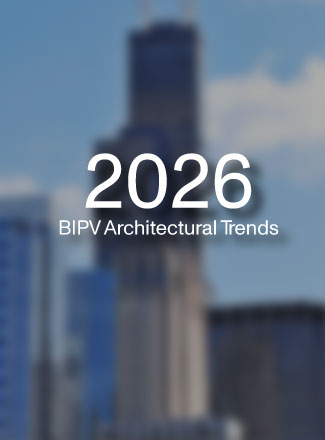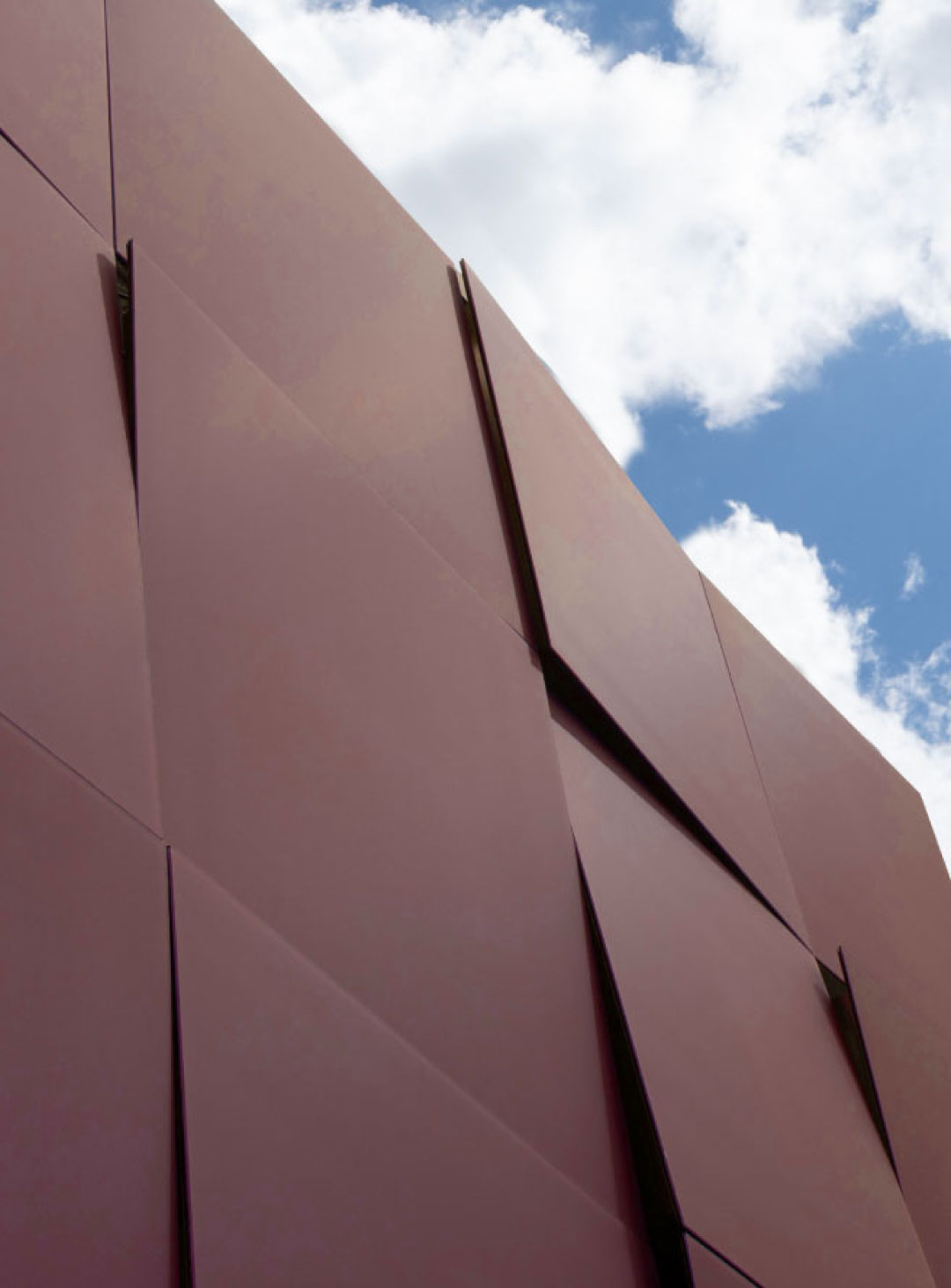
BIPV
August 2, 2023

Building-integrated photovoltaics (BIPV) are advancing the construction industry by seamlessly integrating solar power systems into various building components. While integrated solar technology encompasses a wide range of applications, this blog will explore two key types of BIPV systems: solar facades (cladding) and solar railings. These innovative solutions not only generate clean energy but also enhance the aesthetic appeal and functionality of buildings. Let's delve into the world of BIPV and discover the potential of these remarkable technologies.
Solar facades offer a unique and visually striking BIPV solution. By integrating solar panels into the building's exterior cladding, building envelopes become active energy generators. Solar facades can be customized to match the design aesthetic of the building, blending seamlessly with the overall architecture. These BIPV systems capture sunlight and convert it into electricity, contributing to the sustainable transformation of buildings and showcasing the harmonious combination of clean energy and design excellence.
Solar railings combine safety features with renewable energy generation. These BIPV systems integrate solar panels into the railings of balconies, terraces, etc., transforming them into energy-generating elements. Solar railings offer a dual-purpose solution by providing protection and contributing to the overall energy efficiency of the building. These systems can be customized in terms of size, transparency, and design, enabling architects and designers to create visually appealing and sustainable railing solutions.
BIPV allows buildings to generate clean and renewable energy on-site, reducing reliance on traditional energy sources and lowering carbon emissions.
Integrated solar technology seamlessly integrates into building components, enhancing the visual appeal and architectural design of structures. Solar facades and railings not only generate energy but also contribute to the overall aesthetics of the building.
BIPV solution optimizes energy usage by generating electricity directly at the point of consumption. This reduces transmission losses and enhances overall energy efficiency.
BIPV systems offer design flexibility, enabling customization to match the unique requirements and architectural styles of each building project.
By utilizing renewable energy sources, these solutions promote sustainability and contribute to a greener future. They reduce reliance on non-renewable energy sources and help mitigate climate change. As we explore the types of BIPV, it becomes evident that solar facades and railings are redefining the way buildings generate and utilize energy. These BIPV applications showcase the fusion of clean energy generation with architectural design and functionality. With their numerous benefits, BIPV systems are at the forefront of sustainable building, offering an integrated solution for a greener and more energy-efficient future.
News & Articles

Mitrex BIPV is engineered to match—and exceed—the lifespan of high-performance building envelope systems, delivering structural durability, long-term energy output, and measurable sustainability benefits. This article outlines the testing, certifications, and warranties behind solar facades designed to perform for decades across global climates and project types.

Mitrex BIPV is engineered to match—and exceed—the lifespan of high-performance building envelope systems, delivering structural durability, long-term energy output, and measurable sustainability benefits. This article outlines the testing, certifications, and warranties behind solar facades designed to perform for decades across global climates and project types.

Design-driven solar façades are the future—and in 2026, building-integrated photovoltaics (BIPV) must meet high architectural standards as well as performance benchmarks. This blog highlights five architectural design trends that are shaping next-generation BIPV applications and how Mitrex products—from custom murals to landmark towers—are making them a reality.

Design-driven solar façades are the future—and in 2026, building-integrated photovoltaics (BIPV) must meet high architectural standards as well as performance benchmarks. This blog highlights five architectural design trends that are shaping next-generation BIPV applications and how Mitrex products—from custom murals to landmark towers—are making them a reality.

This blog introduces eFacade TILT, Mitrex’s newest BIPV product that blends solar generation with architectural depth. Featuring tilted modules, 23 available colours, and seamless rainscreen system integration, TILT transforms flat walls into high-performance, three-dimensional assets.

This blog introduces eFacade TILT, Mitrex’s newest BIPV product that blends solar generation with architectural depth. Featuring tilted modules, 23 available colours, and seamless rainscreen system integration, TILT transforms flat walls into high-performance, three-dimensional assets.